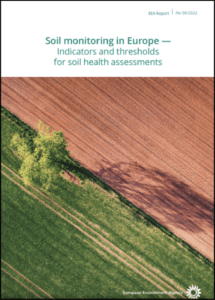 The European Environment Agency (EEA) produced a soil monitoring report which include a comprehensive set of common indicators and risked-based thresholds to assess the soils’ quality and monitor soil threats in Europe.
The European Environment Agency (EEA) produced a soil monitoring report which include a comprehensive set of common indicators and risked-based thresholds to assess the soils’ quality and monitor soil threats in Europe.
The ‘monitoring’ component was assessed by the European Environment Agency, focusing on the progress made and the distance toward achieving the 2030 targets of the Zero Pollution Action Plan (ZPAP).
As European soils face increasing pressures from unsustainable management, climate change and pollution, among other factors, the EEA put up this report to support protection targets related to soil, relevant for current and future EU legislation.
Selected indicators are organic carbon, nutrients, acidification, pollution, biodiversity, erosion, compaction and sealing. For each one of them, the EEA laid down critical tipping points above which the functions and services provided by soils are negatively affected and reduced. Despite the development of adequate and broadly applicable indicators and thresholds is challenged by the great diversity of Europe's soils, biota and climate, as well as the varying political, economic and social conditions, this report describes the rationale for a series of common and broadly accepted soil health indicators to support policy. The aim of the report is therefore to identify criteria that could serve to trigger policy and management practices, as well as creating knowledge for the evaluation of soil indicators.
You can find the complete report on EEA webpage.
